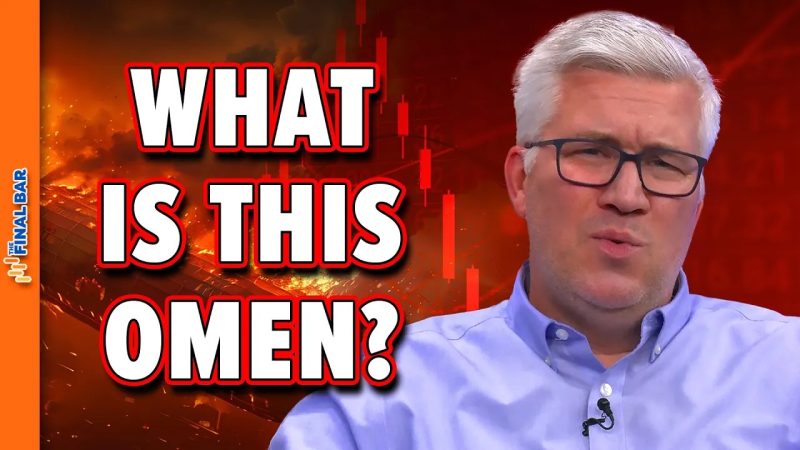The Hindenburg Omen: Decoding its Significance in the Stock Market
Before investors engage in the stock market, they often seek to understand various indicators and signals that may hint at potential market movements. One such indicator that has garnered attention in the investment world is the Hindenburg Omen. Named after the infamous Hindenburg disaster of 1937, this technical analysis tool is believed to predict market downturns based on specific criteria observed in stock market data. In this article, we delve into the truth behind the Hindenburg Omen, explore its effects on the market, and examine the duration of its impact.
The Hindenburg Omen is a technical indicator that aims to predict market crashes or significant downturns. It is based on a series of criteria that are met when specific market conditions align. For instance, the criteria may include a high number of stocks hitting new highs and new lows simultaneously, a rising 10-week moving average, and a number of stocks with moving averages above a certain threshold. When these conditions are met, it is believed that the market is vulnerable to a potential downturn.
Despite the attention it receives, the Hindenburg Omen is a controversial indicator in the investment community. Critics argue that the criteria used to trigger the signal are too sensitive and can be easily met during normal market fluctuations, leading to false alarms. Additionally, the predictive power of the Hindenburg Omen has been called into question, with some analysts dismissing its reliability in forecasting market crashes.
While the Hindenburg Omen may generate fear and uncertainty among investors when triggered, it is essential to consider its actual impact on the market. Historical data shows that the occurrence of the Hindenburg Omen does not always lead to a significant market downturn. In some cases, the market may continue to rally even after the signal is triggered, highlighting the limitations of relying solely on technical indicators for investment decisions.
The duration of the Hindenburg Omen’s effect on the market is another aspect worth exploring. Some researchers suggest that the signal’s impact may be short-lived, with the market swiftly rebounding after the initial alarm. However, investors should exercise caution and not overlook other fundamental factors that influence market behavior, such as economic indicators, geopolitical events, and company earnings reports.
In conclusion, while the Hindenburg Omen may serve as an interesting technical indicator in the stock market, it is crucial for investors to approach it with a balanced perspective. Understanding its limitations, considering other market signals, and conducting thorough research are key elements in making informed investment decisions. By combining technical analysis with a comprehensive view of market dynamics, investors can navigate the complexities of the stock market more effectively and mitigate risks associated with unpredictable market movements.
